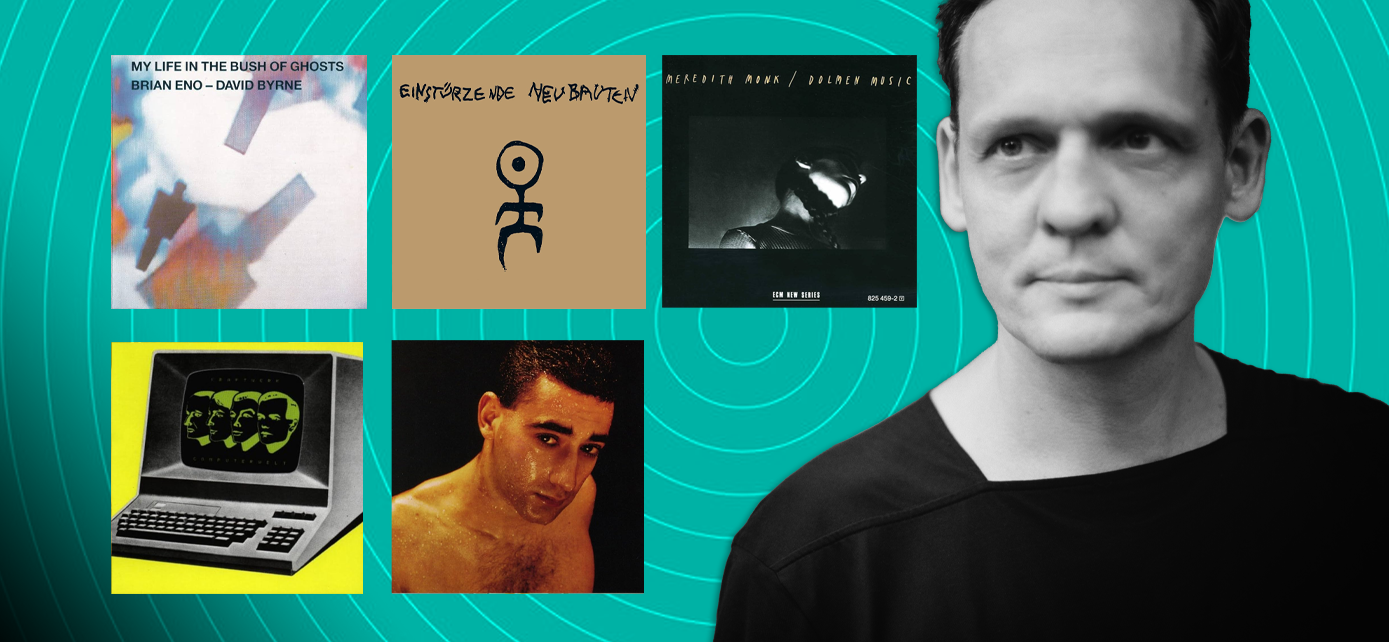
The Records That Made Me: VF artist Carsten Nicolai (Alva Noto)
With The Records That Made Me, VF uncovers the vinyl releases that have influenced and shaped our favourite musicians, DJs and artists.
German musician and VF artist Carsten Nicolai aka Alva Noto joins us to discuss his relationship with vinyl, the advantages of vinyl as a format and five records that have influenced his work. Carsten Nicolai's BAUSATZ NOTO installation is currently at The Vinyl Factory: Reverb exhibition at 180 Studios until September 28.
Within it, Nicolai experiments with vinyl and turntables, allowing his viewers to manipulate sound and explore the format intuitively. In BAUSATZ NOTO, four Technics SL-1210 turntables are integrated into a table. On each of these turntables rests a specially produced vinyl record with 12 endless grooves, each allowing the visitor to play several sound loops endlessly.

The table functions as an instrument allowing the viewer to layer and superimpose the sound loops and create ever new combinations. The field of interaction is expanded by the possibility of replacing the record, varying the tempo, and having it rotate eccentrically.
Headphones on the table invite the visitor to listen attentively to the emergence of the sound surface. When leaving the installation, a sound system at the exit emits the manually selected combination of sound loops. confronted with the sound surface again, the visitor recognises the methods and means of its creation.
The Vinyl Factory has collaborated with Nicolai on many occasions, first staging this installation alongside his iconic audiovisual work unicolor in Brewer Street Car Park in 2015, and releasing the soundtrack to BAUSATZ NOTO as a limited edition vinyl box set the same year. He is currently gearing up to release HYbr:ID III, the third entry in his HYbr:ID series, on July 5 via NOTON,
Carsten Nicolai on vinyl
My earliest memory of a record dates back to my childhood and later when I started school. In the GDR, record production was a crucial medium not only for political propaganda but also for releasing radio plays, readings, books, and educational materials. At that time, my favourite records were those that featured just sounds—a kind of sample library intended for the soundtracks of Super 8 films, as video didn't exist back then. I believe the very first record I received was a children's record featuring a fairy tale.
While searching for the earliest records that had a significant influence on me, I realized that one pivotal year stood out: 1981, when I was fifteen. At that time, I was looking for alternatives to mainstream hits and commercial, propagandistic music. These records were not easily accessible; they were typically found on markets or by swapping with friends, where we could record them on magnetic tapes.Regarding my relationship with vinyl, I've always had a somewhat critical and challenging perspective on this medium, primarily because my music is so difficult to translate onto vinyl.
The frequency spectrum, phase shift, and dynamics of the tracks at that time could only be accurately reproduced digitally. For me, vinyl only made sense if it offered advantages over the CD.One of the greatest advantages is the tactile nature of the object itself, along with the possibility to cut endless grooves, known as locked grooves. The record becomes an instrument and provides the material for new tracks. This is where the physics of the record come into their own.
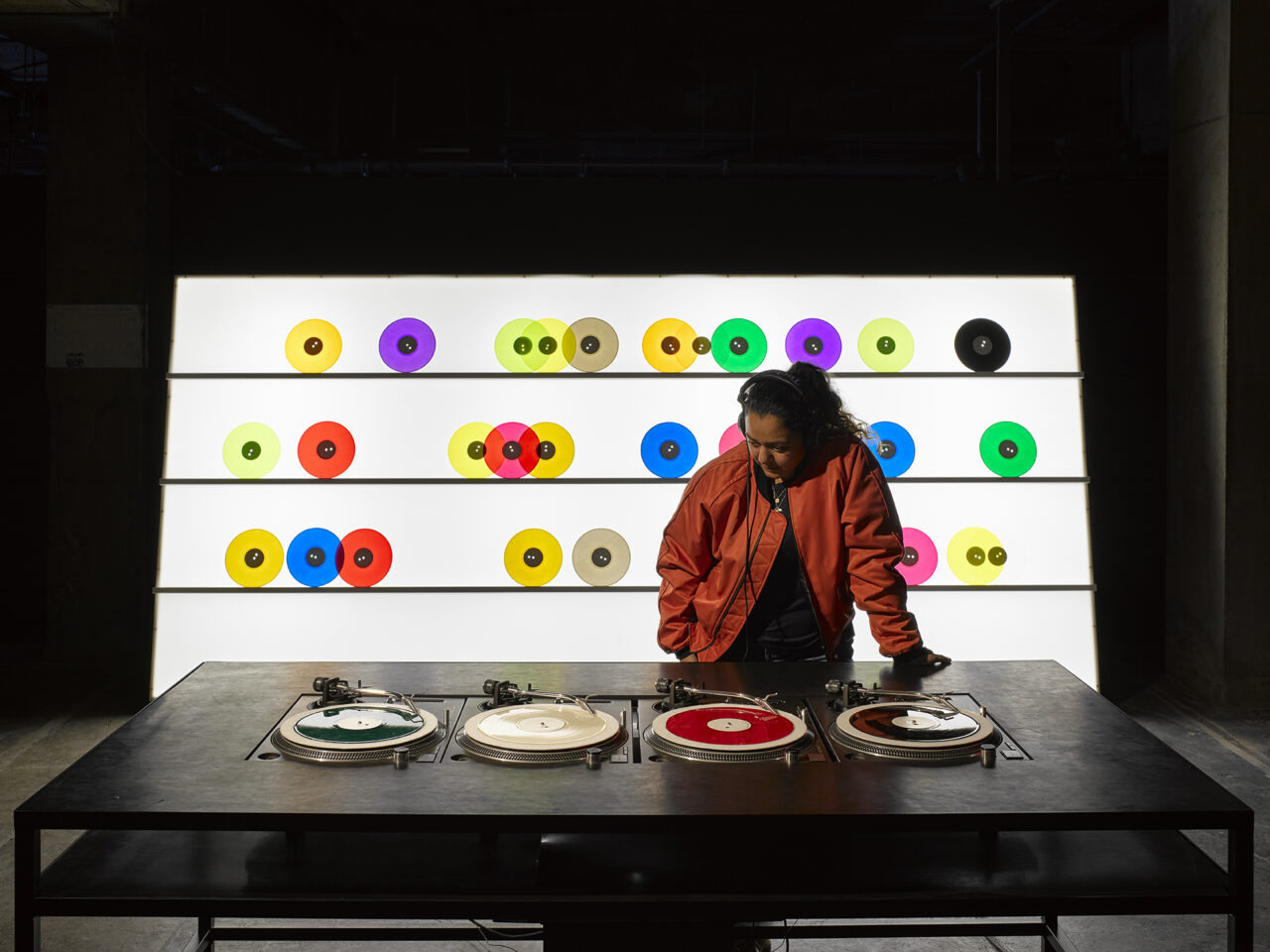
Years later, when I started working with The Vinyl Factory, I had the opportunity to release these loop records in their entirety for the first time. In the past, I had only been able to release one or two of these loop records, but with The Vinyl Factory's space at Brewer Street Car Park exhibition in 2014, I was given the opportunity to press all twelve loop records at once in different colours on transparent vinyl. Thanks to many years of experience and the help of mastering engineers, we have found the possibility to build this extreme sound on vinyl, not without a few setbacks.
Direct Metal Mastering has been helpful in this regard, although I must admit that I am still a big fan of the CD format. CDs preserve the frequency range and do not affect the phase shift, ensuring that reverberation remains intact. While vinyl remains the iconic object that best represents music, I am grateful for the CD format. For me, it was a huge step forward, making music more contemporary, transportable, and archivable.
For me, releasing music on physical media has always been a way to express ideas, artistic vision, and complexity. The cover art has always been an integral part of the music, with the ability to define aesthetic worlds and convey information that might otherwise be lost.With this in mind, I developed a notation system for each volume of the HYbr:ID series. This notation serves primarily as a visualization tool, including for the dancers, since these pieces were all composed for ballet. The dynamics and principles of the compositions were also notated. These notations are linked to the earliest form of music dissemination, which was the publication of sheet music or scores. In electronic music, there is no binding notation, so it is possible to record one's own individual cosmos. As I have always had a strong visual orientation in my work, I found this notation extremely enriching and wanted to share it.
I once read an article about a music fan who would buy a record at a shop and listen to it on the bus ride home. This person would meticulously study the cover, absorbing every detail—photos, lyrics, credits, locations, and hidden messages—each element enhancing the musical universe and making the cover an integral part of the music experience. In today's age of digital releases and streaming, much of this experience has been lost. But if you are still releasing on physical formats, you can bring that element back.
It may be a nostalgic idea, but I believe that in this case it also has something to do with intellectual and sustainability. The packaging is more than just packaging. It is a work of art, which has a greater raison d'être because of its haptic quality. Records aren't throwaway items, they are kept and treasured for the long term, with the majority being listened to over and over again.
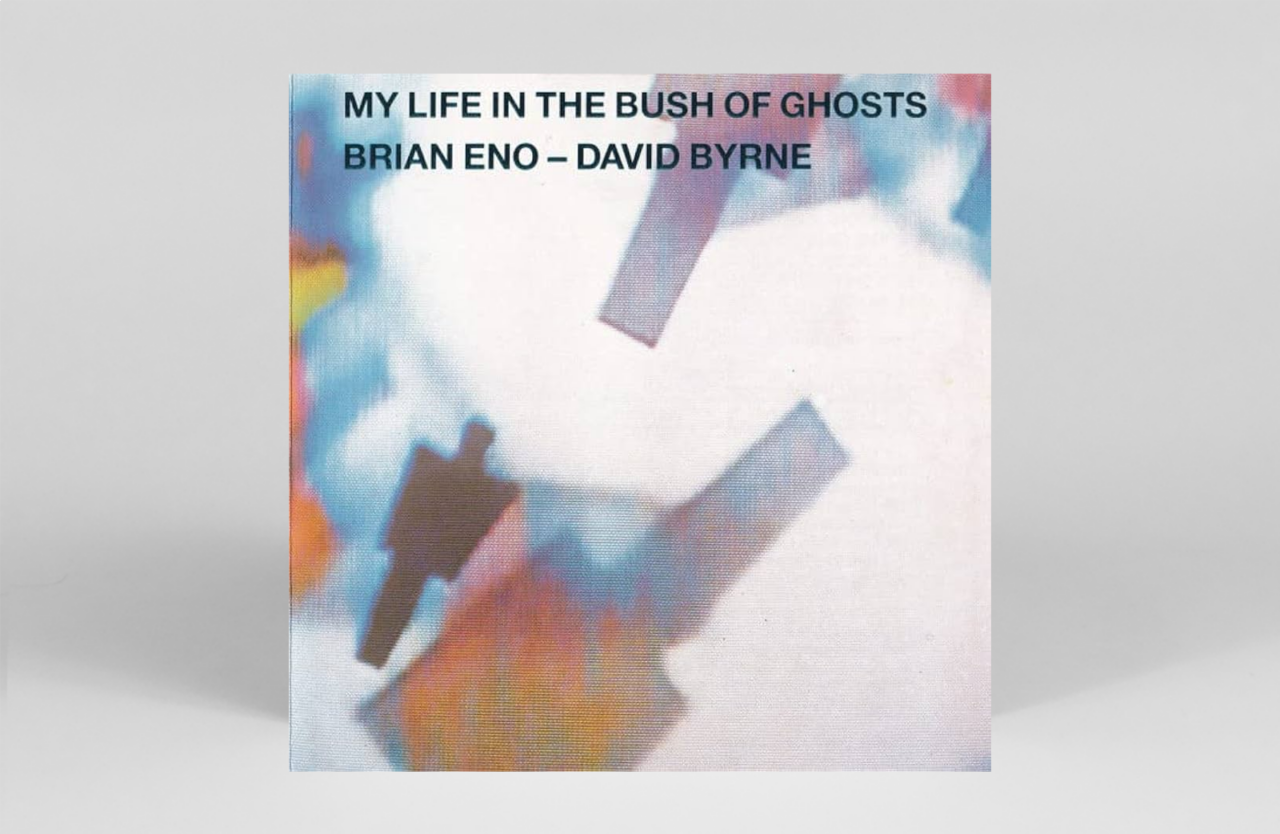
Brian Eno and David Byrne
My Life in the Bush of Ghosts
(Sire)
That was certainly a radically new experience for me, how you could create a completely new kind of future pop music with loops and samples. That record had a lasting effect on me and has always been the prototype for a new kind of pop music. Every time I see this record at a flea market, I buy it. I have at least four of these records before they were re-released with a new cover art.
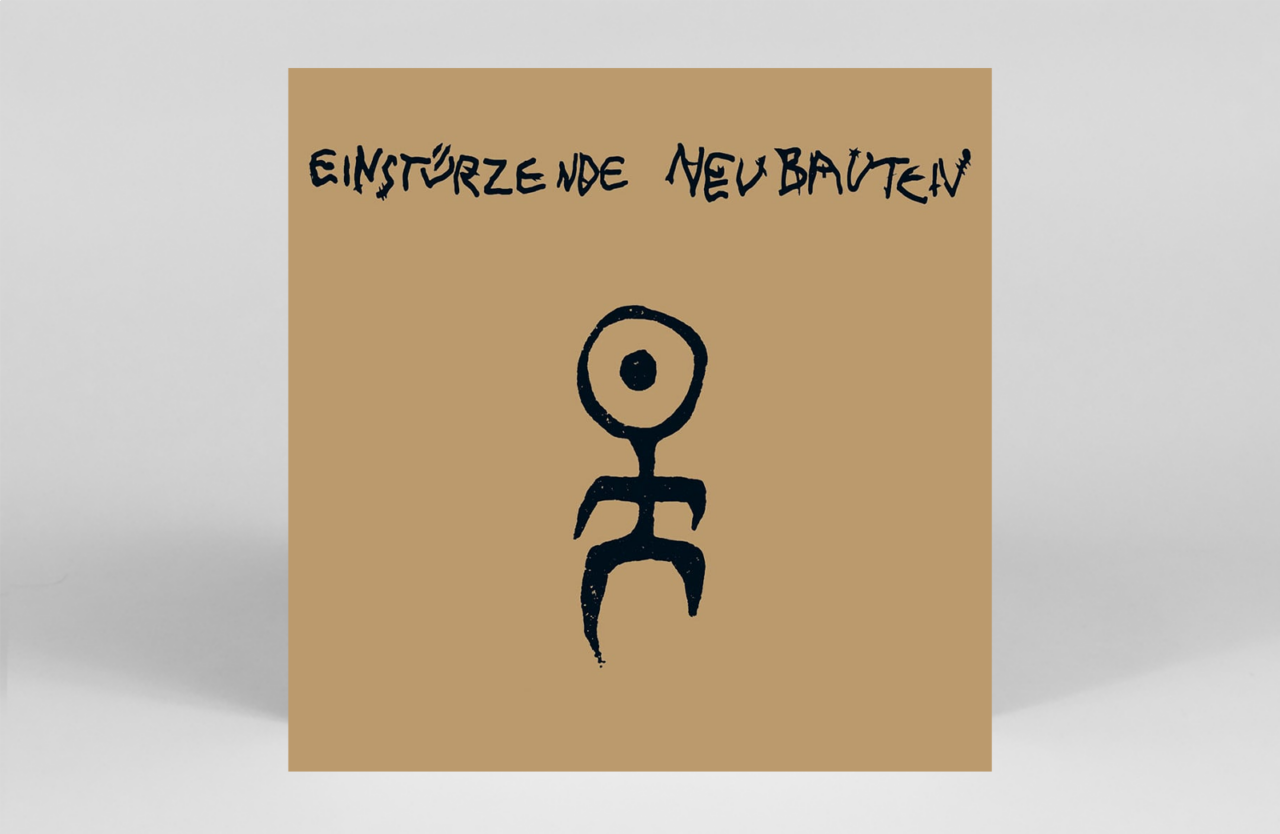
Einstürzende Neubauten
Kollaps
(ZickZack)
This record, though not widely available, was a landmark for industrial music and the use of the sampler. For me, growing up underground in East Germany, as David Bowie would put it, a "subterranean," this record was iconographic for its use of industrialsounds, which were later used in a more positive environment by Depeche Mode.Kollaps encapsulates the feelings of the time, reflecting how we, as nihilistic, questioning teenagers, felt living in a society that we didn’t know would only last a few more years. It conveyed the sense of hopelessness prevalent in those political times but also opened the door to a new universe of creativity—showing us how to navigate it; in a way it gave me positive push forward.
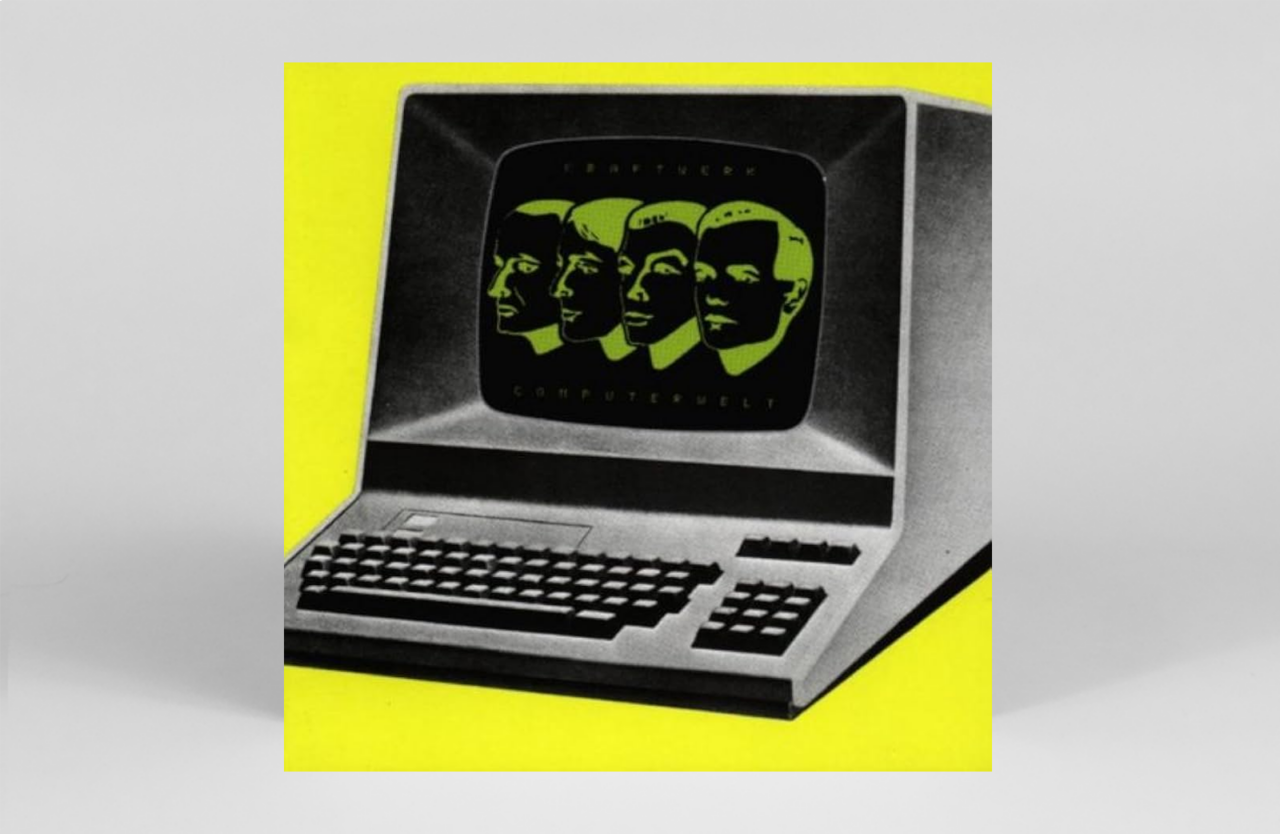
Kraftwerk
Computerwelt
(Kling Klang)
There's little left to add about Kraftwerk, but this album undoubtedly marks a milestone in electronic music. It is frequently cited as an example of a dialogue between European and Black musical traditions.

D.A.F.
Alles Ist Gut
(Virgin Records)
Blixa Bargeld frequently mentioned this record when I was working with him. For him, it was one of the most important records and bands in West Berlin at the time. This record not only heralded a new German wave but also addressed fascism while exploring dreams and reality. It offered both a reappraisal of history and a new blueprint for a vital, more positive attitude to life.
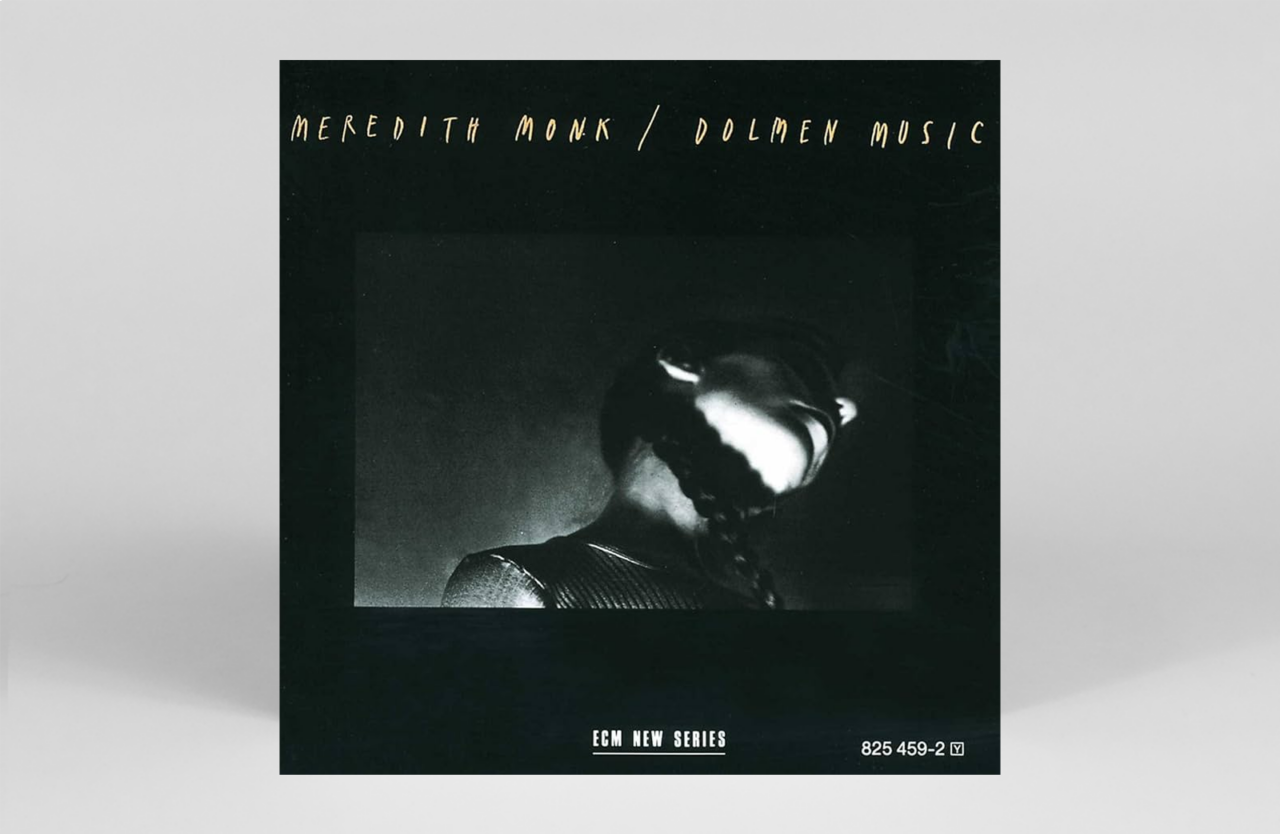
Meredith Monk
Dolmen Music
(ECM New Series 1197)
Certainly, this is an absolutely magnificent record, which I have always closely associated with the work of Laurie Anderson. The use of language and the minimalism of Steve Reich are in perfect harmony. I believe that without this record, Laurie Anderson's groundbreaking album "United States," released three years later, might never have been made. That record had a huge influence on me
Buy tickets to experience Nicolai's BAUSATZ NOTO at The Vinyl Factory: REVERB. Pre-order HYbr:ID III now ahead of its release on July 5.









